Installing glass is aimed at preventing the risk of damage and loss when the number of visitors to the national treasure, the Nguyen Dynasty throne, is increasing, but has caused controversy about the aesthetics and heritage sense.
Installing tempered glass is suitable, but there are many limitations.
Mr. PT, a tour guide working in Hue City, said that installing tempered glass in Thai Hoa Palace to protect national treasures is appropriate and does not greatly affect the aesthetics and architecture of the ancient building. However, according to him, "the visiting space is limited for tourists and tour guides to work. Specifically, in the palace displaying 'Van hien thien nien quoc', considered the Declaration of Independence of the Nguyen Dynasty, when placing the glass barrier, the distance to this Chinese text is very far. Visitors cannot see the lines of text on this interesting artifact".
Some other opinions say that the tempered glass system looks "modern", not suitable for a Nguyen Dynasty architectural work.
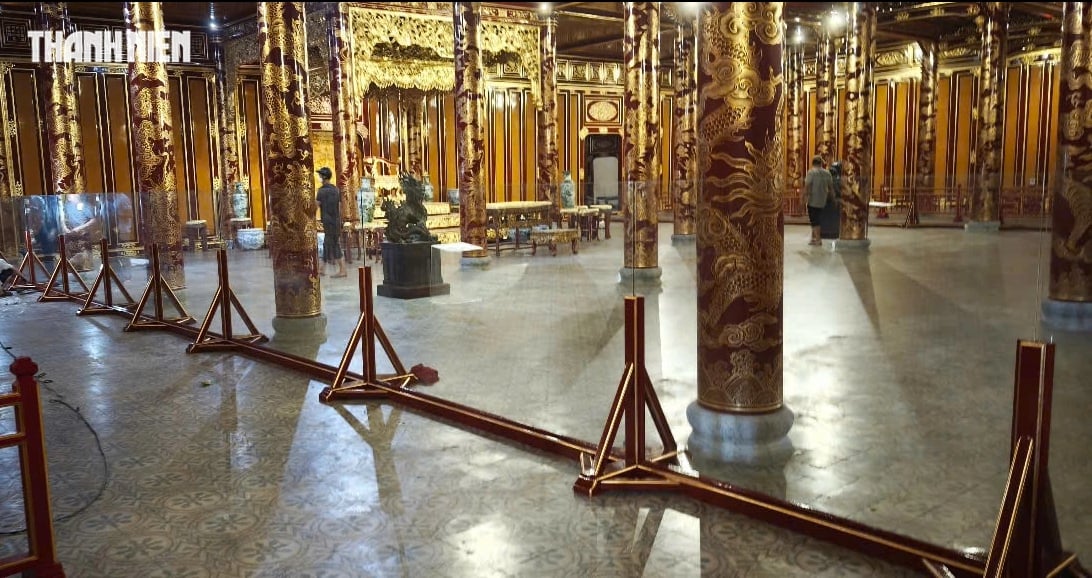
The Hue Monuments Conservation Center has just installed a tempered glass system to protect the Nguyen Dynasty throne.
PHOTO: CONG SON
Regarding the installation of tempered glass system at Thai Hoa Palace, Mr. Le Cong Son, Deputy Director of Hue Monuments Conservation Center, said that the installation of glass system was carefully researched by the unit, this is the most suitable solution to protect national treasures and artifacts.
"We researched and based on practical experience to install the glass, suitable for the space of Thai Hoa Palace. This plan was carefully calculated by us and approved by the Hue City People's Committee. The glass frames are painted red and made of gold steel to match the architecture of Thai Hoa Palace. Above all, the transparent glass layer does not affect the vision of visitors, while ensuring safety and preventing unexpected situations like the recent incident. After a period of operation, we found that the installation of protective tempered glass still creates a good effect, and is approved by many visitors because it does not affect their sightseeing," said Mr. Son.
A replica may be displayed.
According to many documents, in Japan, the real Takamikura throne only appears during the coronation ceremony; on normal days, people see the simulation model at the museum.
In Hue City in particular and Vietnam in general, the Nguyen Dynasty throne is a special artifact. But more deeply, it is a symbol of the nation, of the culture of governing the country and of an entire dynasty.
Some researchers have expressed the opinion that the management unit does not protect heritage just "to look at", but so that future generations can understand, feel and continue to preserve it. And if the copy can help the original "live longer, live more correctly", then it is not a fake, but a responsible and courageous decision.
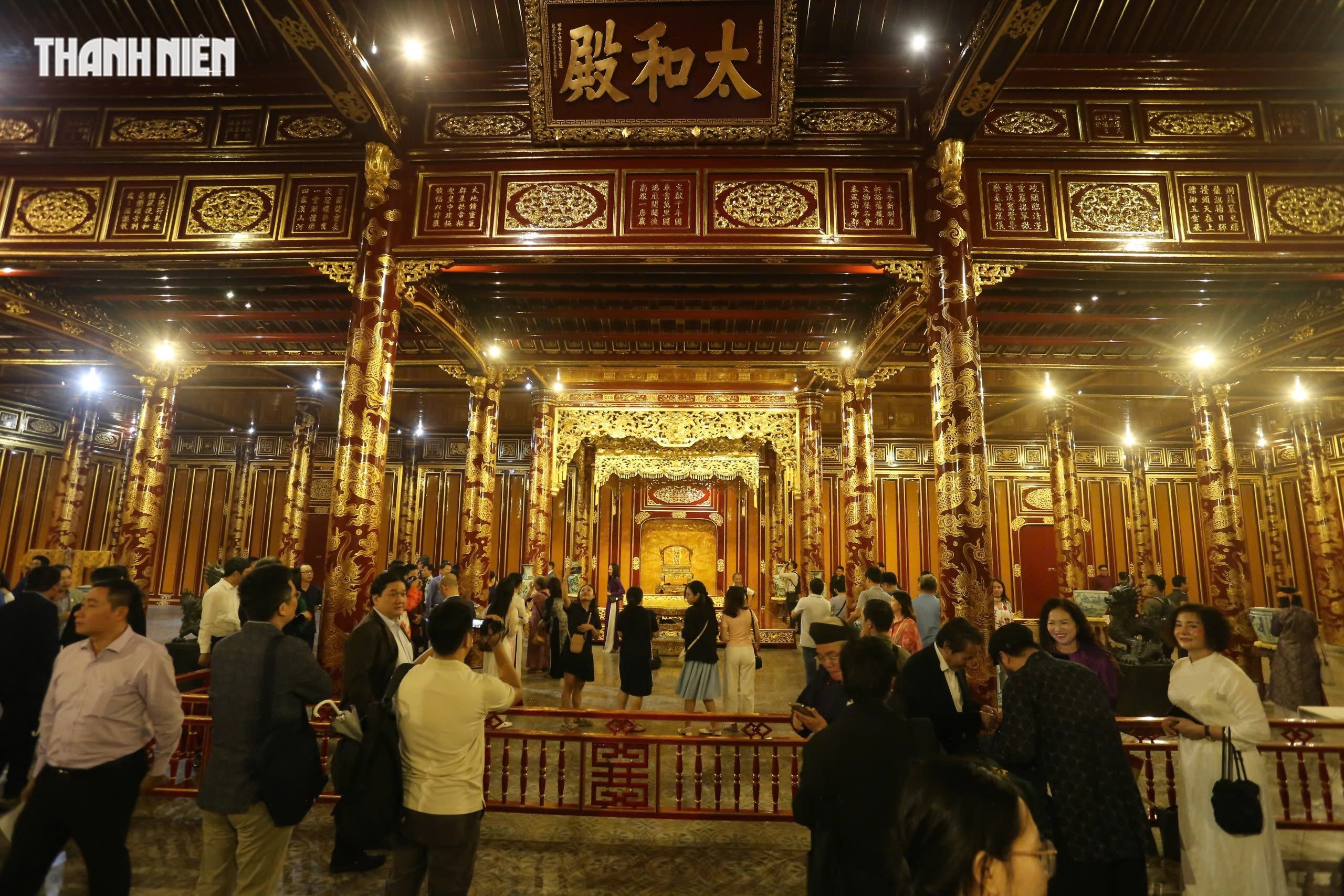
Thai Hoa Palace before the incident of the Nguyen Dynasty throne being broken
PHOTO: LE HOAI NHAN
While the installation of tempered glass to protect the relics at the Hue ancient capital relics is being carried out, regarding the solution to sustainably protect precious relics, especially national treasures such as the Nguyen Dynasty throne, Thanh Nien reporter also had an interview with Mr. Nguyen Van Phuong, Chairman of the Hue City People's Committee.
Mr. Phuong said that all measures are being considered, but researchers and experts in heritage and cultural management have suggested a direction that needs to be seriously considered: bringing the real throne to the museum to be protected in ideal conditions, and placing an elaborate replica at Thai Hoa Palace to preserve the original space and rituals.
According to Mr. Phuong, the basis for this solution is from the world 's experience, "rotating the position of original artifacts and copies" is not a strange thing. Japan, Korea, France, even China (where the Qing Dynasty throne is kept in the Forbidden City) have all applied or are applying this solution at different levels.
Mr. Phuong said the goal is to ensure that the treasure is maximally protected, avoiding all risks from weather, accidents, vandalism, etc., while still maintaining a vibrant cultural experience for the public at its original location.
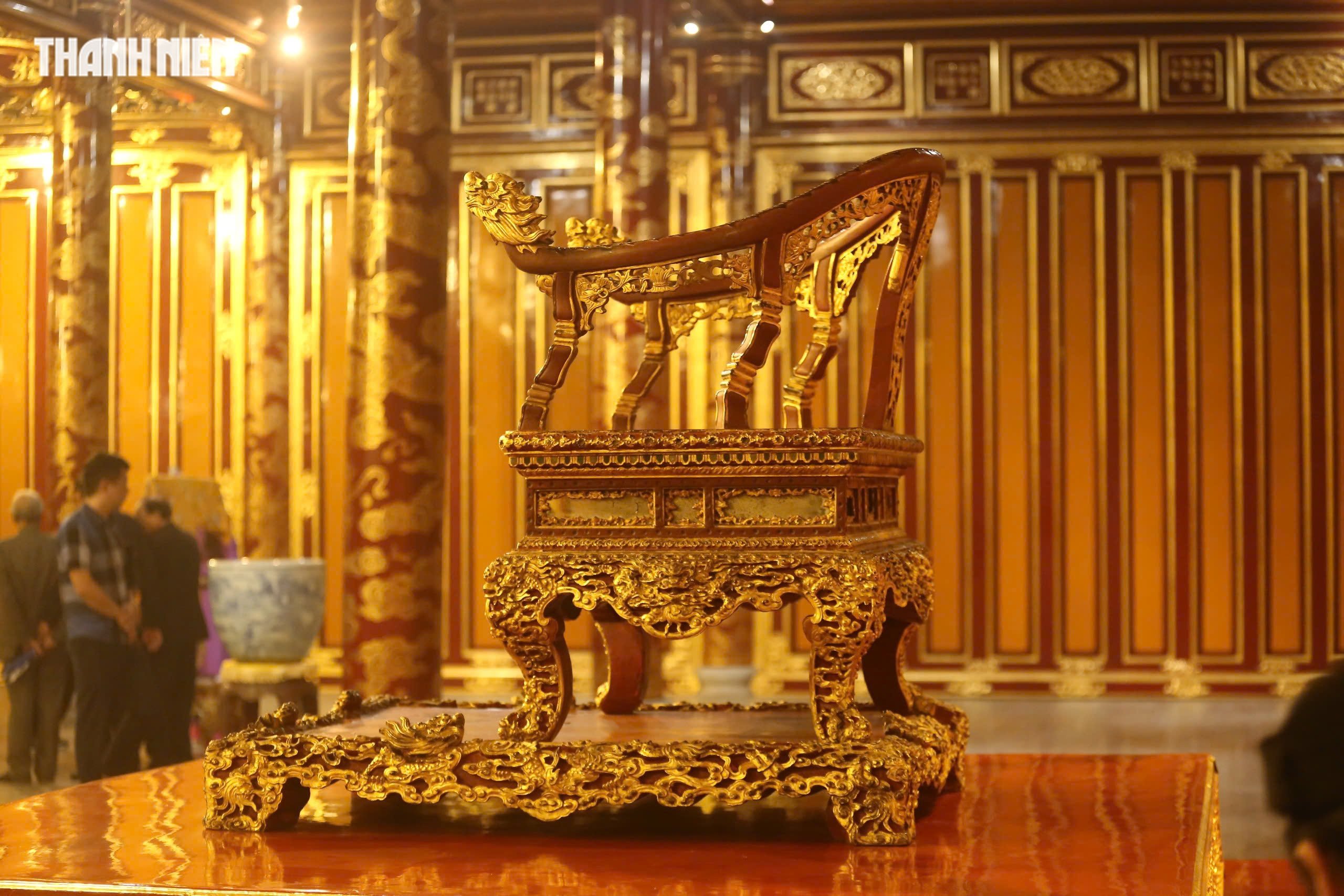
The Nguyen Dynasty throne before being broken
PHOTO: LE HOAI NHAN
"The Nguyen Dynasty throne is one of the few national treasures that still exists intact in the historical space of power. However, the recent incident shows that open display, without glass cases, without separating from the flow of visitors is a real danger in modern society. The damaged structure this time, although not large, is also a warning that we can restore the broken part - but cannot recreate the heritage's vitality again," said Mr. Phuong.
Therefore, putting the real throne in a specialized museum, where there are optimal preservation conditions (temperature, humidity, security, supervision...) is a reasonable step, ensuring long-term safety for the most precious artifact of the Nguyen Dynasty.
Many people are concerned that "the copy is fake and loses its sacredness". Explaining this, Mr. Phuong stated that, in fact, if it is crafted by traditional artisans with gold-plating and carving techniques and absolute respect for the original... then the copy can fully convey the aesthetic language and spirit of the royal palace. In Korea, the throne in Gyongbokgung is a complete copy, but people and tourists still line up to look at it and take pictures as a national symbol.
"The important thing is to be transparent with the public about what is real and what is a reconstruction. Historical truth does not lie in the materials, but in how the management unit recounts and preserves it in an honest and scientific manner," Mr. Phuong explained.
Source: https://thanhnien.vn/ngai-vang-trieu-nguyen-nen-lap-kinh-bao-ve-hay-trung-bay-ban-sao-185250722130032146.htm





![[Photo] Parade to celebrate the 50th anniversary of Laos' National Day](/_next/image?url=https%3A%2F%2Fvphoto.vietnam.vn%2Fthumb%2F1200x675%2Fvietnam%2Fresource%2FIMAGE%2F2025%2F12%2F02%2F1764691918289_ndo_br_0-jpg.webp&w=3840&q=75)
![[Photo] Worshiping the Tuyet Son statue - a nearly 400-year-old treasure at Keo Pagoda](/_next/image?url=https%3A%2F%2Fvphoto.vietnam.vn%2Fthumb%2F1200x675%2Fvietnam%2Fresource%2FIMAGE%2F2025%2F12%2F02%2F1764679323086_ndo_br_tempimageomw0hi-4884-jpg.webp&w=3840&q=75)

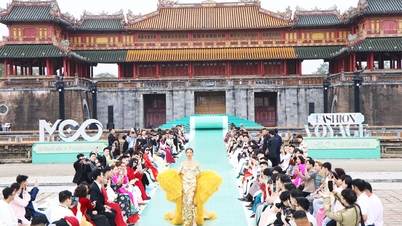

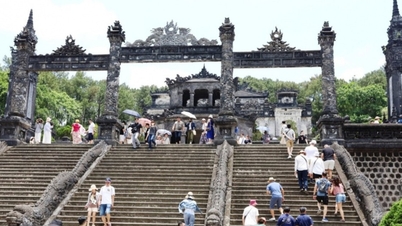

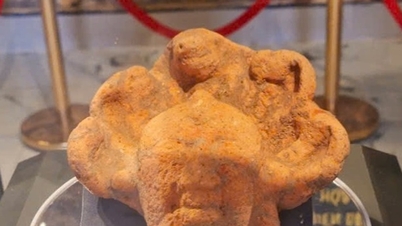

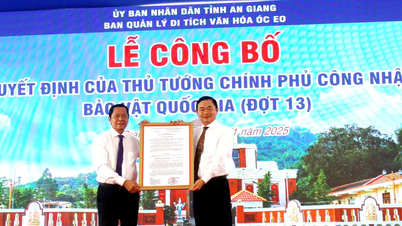

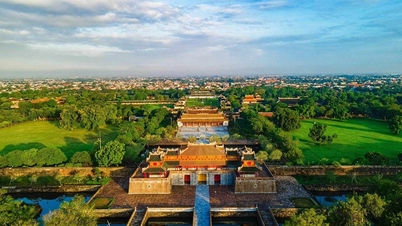

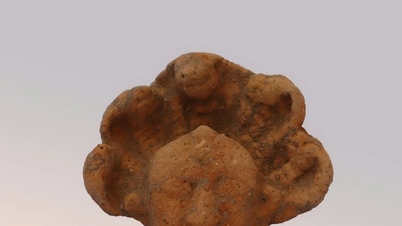

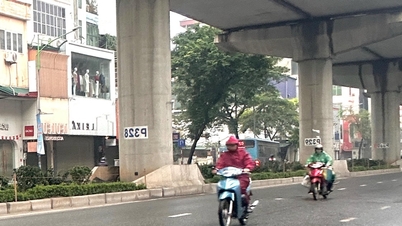

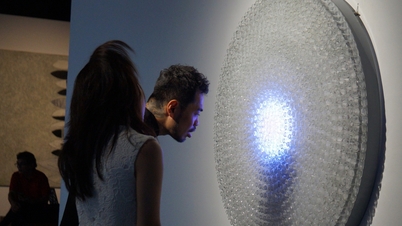

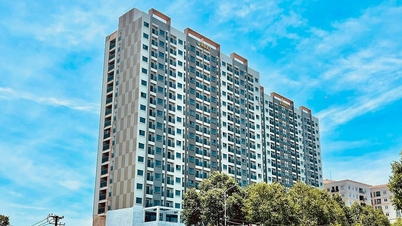

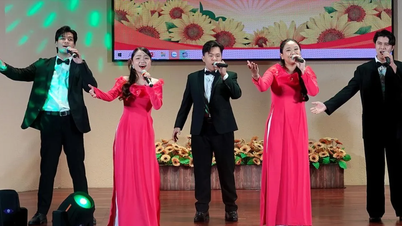
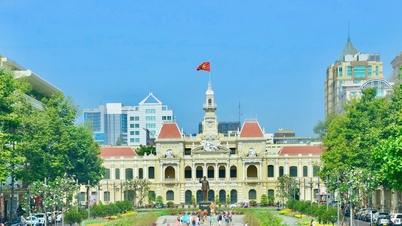
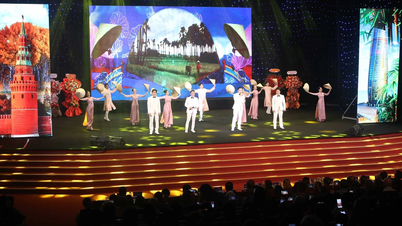




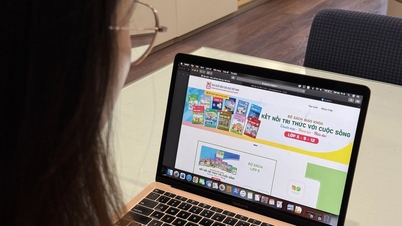

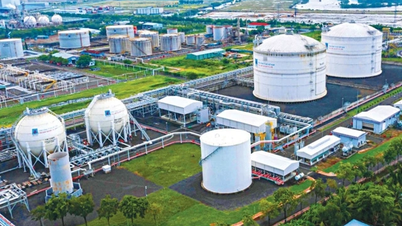
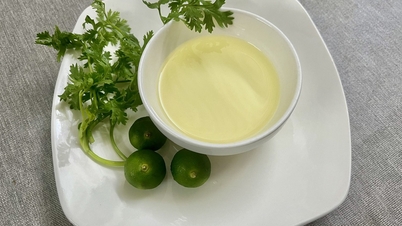
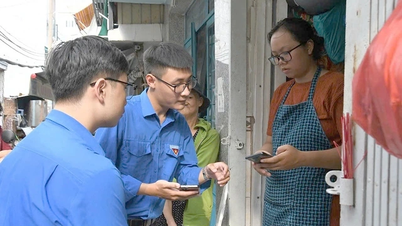


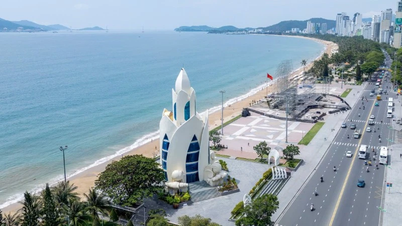

![[Video] Protecting World Heritage from Extreme Climate Change](https://vphoto.vietnam.vn/thumb/402x226/vietnam/resource/IMAGE/2025/12/03/1764721929017_dung00-57-35-42982still012-jpg.webp)
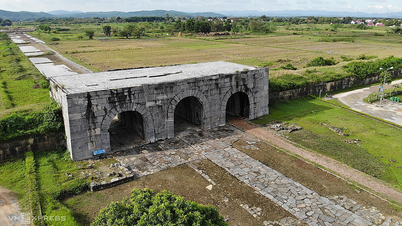





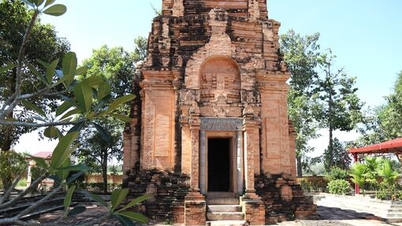

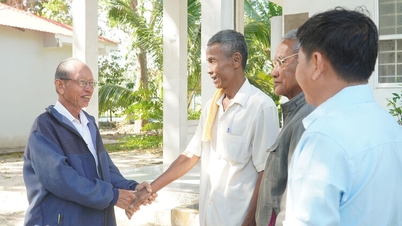

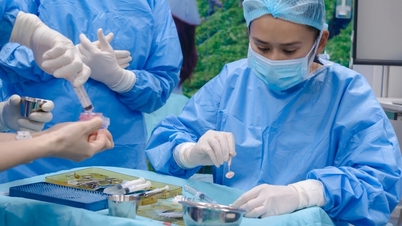


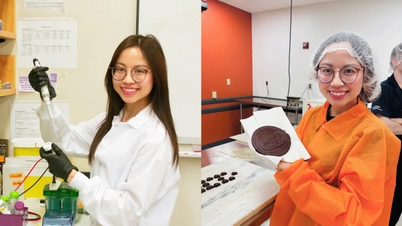


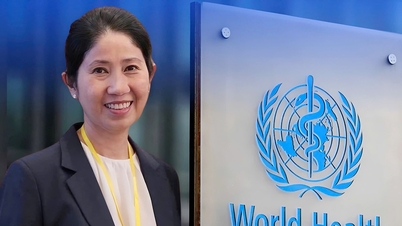


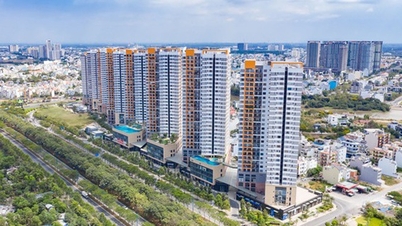



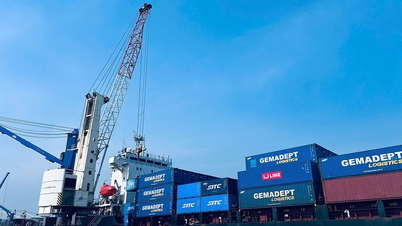












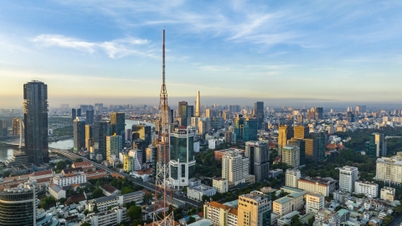


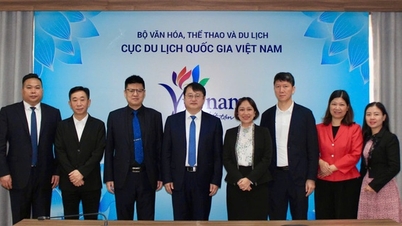
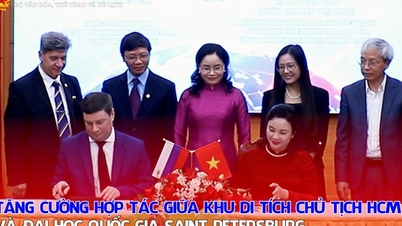
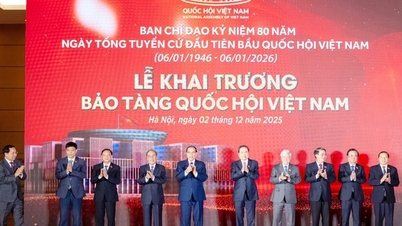






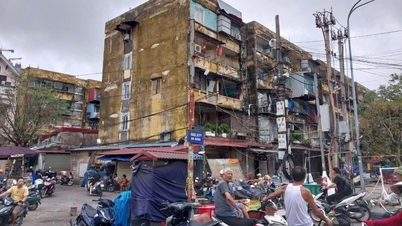

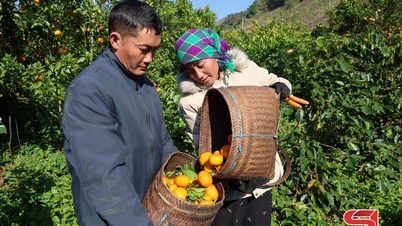














Comment (0)